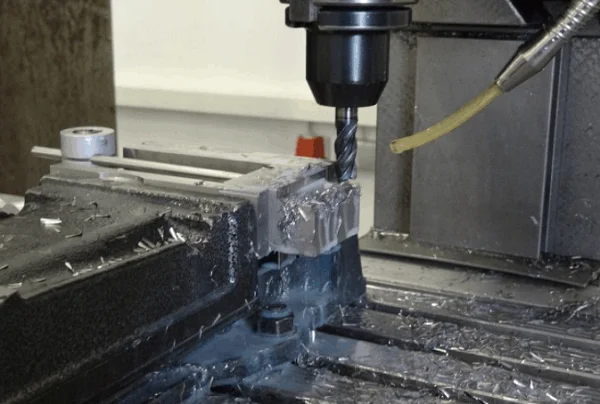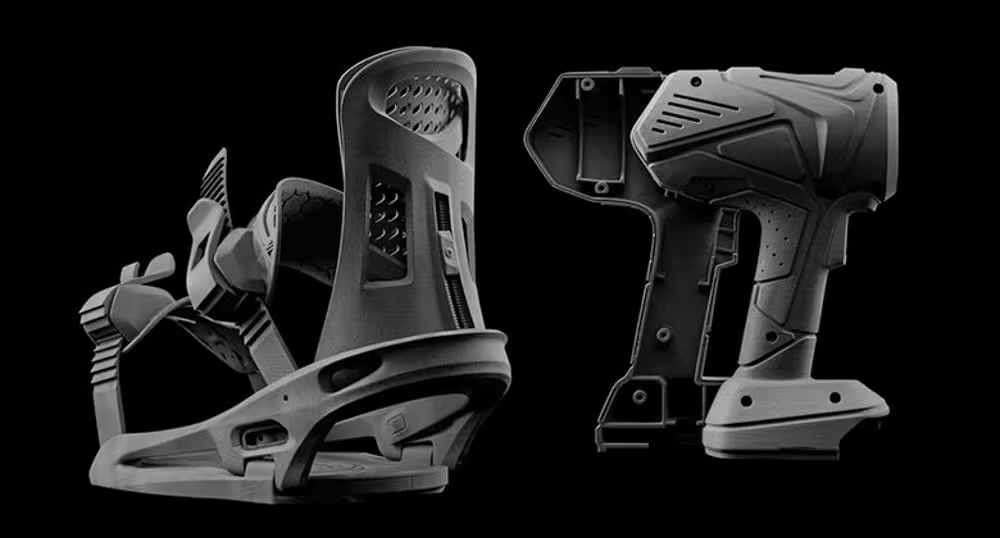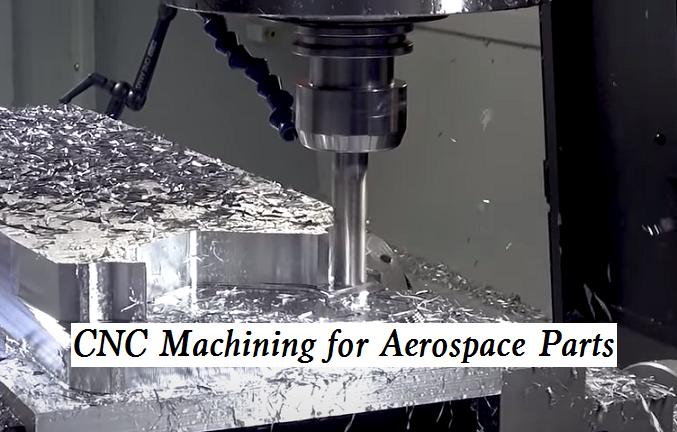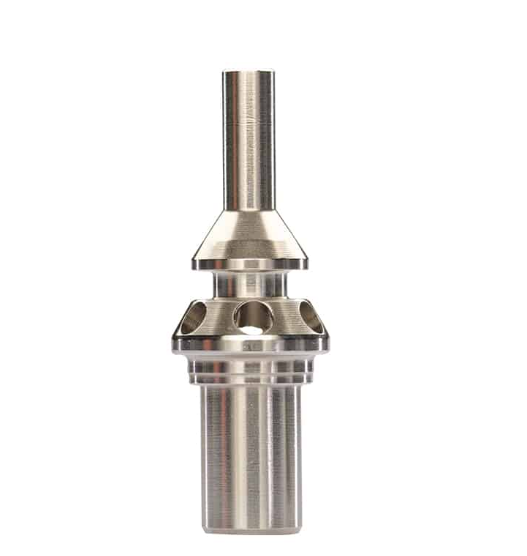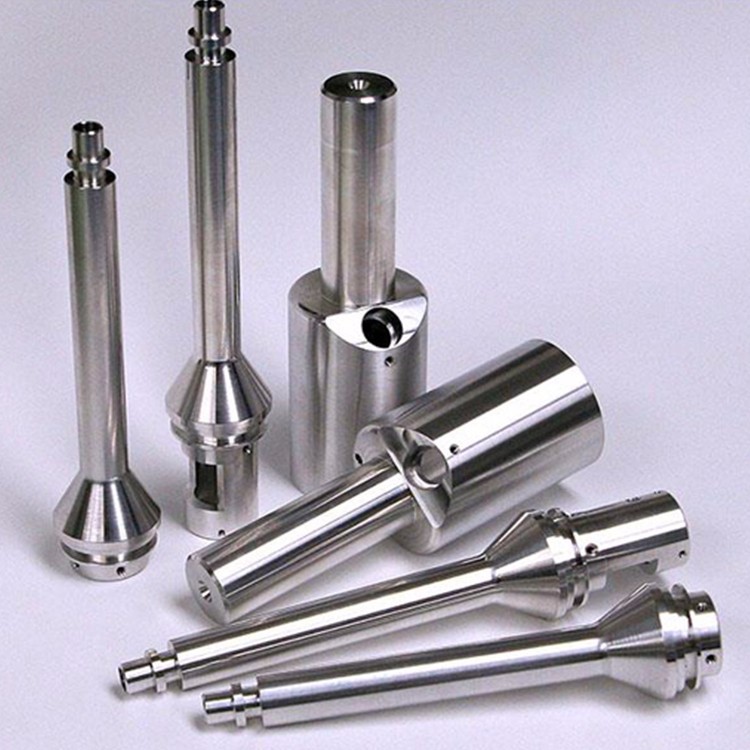STEP (Standard for the Exchange of Product Data) files are essential in the world of 3D CAD (computer-aided design) for facilitating interoperability among various CAD software systems like CATIA, Creo, SolidWorks, NX, and Inventor. This format, governed by the ISO 10303 standard, helps in exchanging data across different platforms, which is increasingly critical as industries move towards more integrated and model-based definitions. This neutral 3D CAD file format is pivotal in industries such as aerospace, automotive, and defense due to its ability to maintain rich geometric and design data across different software platforms. In today’s blog, CNC experts discuss with you the differences between two specific application protocols within the STEP file format standard: AP203, AP214, AP242 in SolidWorks.
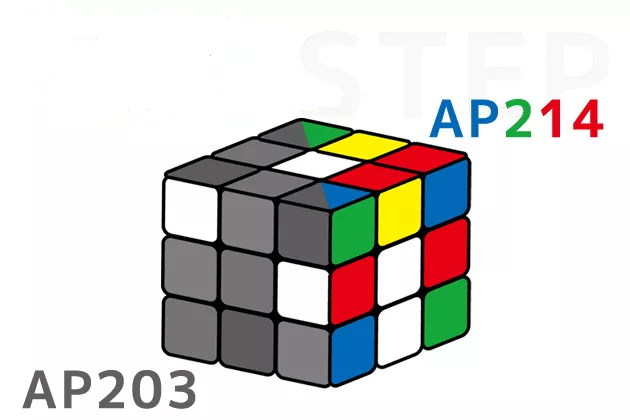
What is the STEP File Format?
STEP files are designed to support the seamless exchange of product data. The versatility of STEP files stems from their ability to accurately represent detailed 3D models in a neutral format that can be used across different CAD systems. This not only supports design activities but also enhances collaboration across various departments and industries. The STEP standard includes multiple “Application Protocols” (APs), each targeting specific types of data and industries. Among these, AP203 and AP214 have been particularly prominent, although the newer AP242 is becoming the preferred standard due to its broader applicability.
Now we will focus on two of the primary APs: AP203 and AP214, discussing their functions, applications, and key differences.
What is STEP AP203?
AP203 is designed for the exchange of mechanical part designs and controlled 3D assemblies. Initially, it did not support features like layer and color management, but these were included in the later editions, enhancing its interoperability with other protocols like AP214. The protocol is widely utilized in industries that require precise geometric data without the need for color data, such as defense and aerospace.
Features of AP203:
- Geometric Data Support: Includes faceted models, solids, wireframes, and surface models.
- Assembly Configuration: Strong emphasis on the detailed representation of mechanical assemblies.
- Limited Color and Layer Support: Originally, AP203 did not support multiple layers and had limited color functionalities, although these were expanded in later editions to include basic color and layer information.
- Documentation and Security: Links to data characterized by document security classifications, which is vital for sensitive projects in the defense and aerospace sectors.
Applications of STEP AP203:
- Assembly structures linking individual parts
- Exchange of designs involving mechanical parts and simple assemblies
- Representation of machine components
- Geometric models using faces, edges, and vertices (boundary representation)
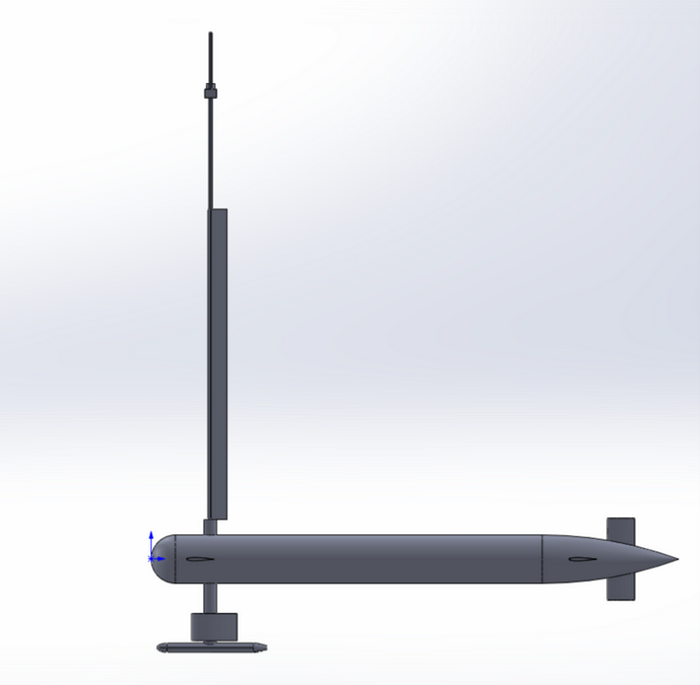
What is STEP AP214?
AP214 is an extension of AP203, with additional features that cater specifically to the automotive industry. It supports comprehensive design attributes including geometric dimensions, tolerances, colors, and layer management which are crucial for advanced design processes in the automotive sector.
Features of AP214:
- Enhanced Color and Layer Management: Supports detailed color representation and allows parts to be distributed across different layers, enhancing the flexibility of editing and viewing.
- Geometric Dimensions and Tolerances (GD&T): Includes comprehensive support for GD&T, which is crucial for manufacturing and quality assurance processes.
- Design History: Capable of managing 3D construction history, which is important for tracking design changes over time.
- Broader Industrial Application: While it builds on the features of AP203, its additional functionalities make it suitable for complex product designs, particularly in the automotive industry.
Applications of STEP AP214:
- Enhanced flexibility in editing parts in CAD systems
- Automotive design representations
- Complex surface and product designs in automotive/aerospace
- Use of colors, layers and other generic resources
- Placement of parts on different layers
- Color representation of geometry
- Retention of color data during file conversion
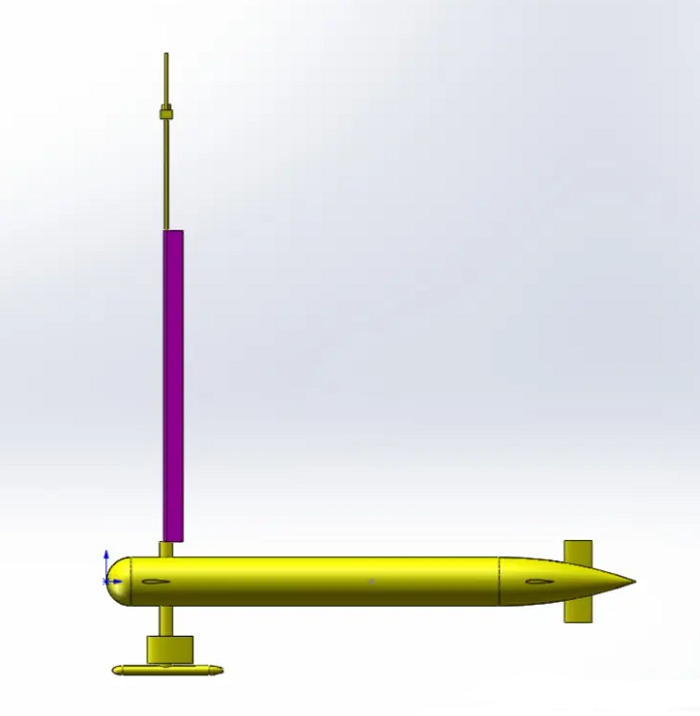
Differences Between STEP AP203 and AP214
AP203 and AP214 are application protocols (APs) in the Standard for the Exchange of Product Data (STEP) standard. They are mainly used in different application domains. The main differences between AP203 and AP214 are:
Application Domain:
- AP203 is for the representation of mechanical parts and components, containing boundary representation models, assembly data, and a limited number of other product information.
- AP214 is for automotive design representation, containing colors, layers, and generic resources, more suitable for advanced surface or automotive industry designs.
Layer and Color Representation of Parts:
- AP203 (STEP 203) places all parts on the same layer and does not support color representation, with graphical colors in a single color.
- AP214 (STEP 214) allows parts to be distributed across different layers and supports color representation, making editing and viewing more flexible and intuitive.
Color Output:
- AP203 files do not retain any color information during conversion, as it does not support color output.
- AP214 files support color output for entities, faces, and curves, which is very important for cases where color information needs to be reflected in STEP files.
Suitability Based on Design Requirements:
- AP214: If a design requires detailed color representations and is used in complex modeling scenarios (like automotive or aerospace), AP214 is preferred.
- AP203: For simpler mechanical designs where color data is not essential, AP203 is sufficient.
Application Scope:
- AP203 is mainly used for the exchange of mechanical parts and simple component designs.
- AP214’s application is broader, applied not only to mechanical fields but also to complex product design exchanges in automotive, aerospace, etc.
STEP AP203 vs AP214 vs AP242, What is the Difference?
Currently commonly used STEP files include STEP AP203, STEP214, and STEP AP242. Below is a comparison table outlining the key differences and features of STEP AP203, AP214, and AP242. These Application Protocols (APs) are parts of the ISO 10303 standard, commonly known as STEP (Standard for the Exchange of Product Model Data), which is used for representing and exchanging digital product information.
| Feature | AP203 (Configuration Controlled 3D Designs) | AP214 (Automotive Design) | AP242 (Managed Model Based 3D Engineering) |
| Scope | Mainly focused on the geometry and configuration of 3D CAD models, particularly in aerospace, automotive, and other engineering fields. | Extends AP203 by including additional support for automotive-specific manufacturing data, materials, and tolerances. | Combines and extends AP203 and AP214, aiming to support a broad range of industries with a focus on model-based engineering, manufacturing, and lifecycle management. |
| Geometry and Topology | Supports basic and advanced geometric and topological representations. | Similar to AP203, but includes enhancements for automotive applications. | Enhanced support for both geometry and topology, integrating the capabilities of AP203 and AP214. |
| Product Structure | Includes assembly structure and configuration management. | Enhanced product structure capabilities tailored for automotive industry needs. | Comprehensive support for product structure, including configuration and variation management. |
| Annotations | Basic annotations for design. | Includes specialized annotations needed in automotive design and manufacturing. | Supports extensive annotations for various purposes across different industries. |
| Materials and Properties | Basic material properties. | Detailed material specifications and properties tailored for the automotive sector. | Extensive support for materials, properties, and sustainability attributes across industries. |
| Manufacturing Information | Basic manufacturing information. | Detailed manufacturing and process information specific to automotive parts and assemblies. | Integrated manufacturing information adaptable to various industry requirements, including detailed process modeling. |
| Interoperability | Good interoperability with other CAD systems, primarily for geometric data. | Improved interoperability, focusing on the needs of the automotive industry. | Superior interoperability features designed to work across multiple CAD and PLM (Product Lifecycle Management) systems. |
| Updates and Revisions | Regular updates for maintaining relevance with emerging technologies and industry practices. | Regular updates, with specific attention to the evolving needs of the automotive sector. | Latest and most comprehensive, with ongoing updates to cater to advancements in technology and industry practices. |
- AP203 is suitable for industries where the primary need is the management and exchange of geometric data with some configuration control.
- AP214 provides additional capabilities particularly beneficial for the automotive industry, focusing more on manufacturing processes and materials.
- AP242 aims to be the most comprehensive, supporting a wide array of functionalities needed in modern model-based engineering environments across different industries. It is particularly useful for integrating CAD and PLM systems with a focus on digital continuity and lifecycle management.
This table should help in understanding the distinct purposes and capabilities of each Application Protocol within the STEP standard.
STEP AP203 vs AP214, Which One To Choose?
Choosing between STEP AP203 and AP214 depends largely on the specific requirements of your project, the industry you are operating in, and the details you need to preserve in your CAD data during exchanges. Here’s a further breakdown to help you decide which one to choose:
STEP AP203
Suitability:
Ideal for industries that deal with mechanical designs and require a robust method for exchanging data that involves detailed geometrical representations but does not require color or layer information. Commonly used in sectors like aerospace and defense where the emphasis is more on the geometric accuracy and less on the visual aspects such as colors.
Capabilities:
Supports basic geometrical representations including wireframe, surface, and solid modeling. Good for applications where the design does not require differentiation in colors or layers, such as straightforward mechanical component assemblies.
Limitations:
Does not support color and layer management inherently (though later editions have added some interoperability with AP214). Less suitable for industries where color and layer differentiation play a crucial role in the design and manufacturing processes.
STEP AP214
Suitability:
Designed specifically for the automotive industry but also suitable for any advanced engineering discipline that requires detailed design information including colors, layers, and geometric dimensions and tolerances (GD&T). Best for applications that not only demand precise geometric data but also require the additional detail of color coding and layering for parts and assemblies.
Capabilities:
Includes all the capabilities of AP203 and adds support for color and layer management, making it more flexible and useful for detailed editing and visualization. Supports advanced features such as GD&T, which are crucial for ensuring that manufactured components meet precise specifications.
Limitations:
Potentially more complex and may require more processing power or more advanced software capabilities to fully utilize all its features.
Decision Criteria
Industry Requirements: If you are in the automotive industry or any sector where detailed visual representations (including colors and layers) are necessary, AP214 is the better choice. If you are in defense, aerospace, or general mechanical engineering where basic geometric data suffices, AP203 might be adequate.
Complexity of Design: For complex products involving multiple layers and color specifications (which help in distinguishing different parts and assemblies visually during the design process), AP214 should be your choice. For simpler designs, AP203 is sufficient.
Software Compatibility: Ensure that your CAD software supports the chosen AP to its full capability. AP214 might require more advanced CAD systems compared to AP203 due to its extended functionalities.
Choosing between AP203 and AP214 depends significantly on the specific requirements of the project and industry. AP203 is suitable for applications where simple, colorless 3D models are needed, while AP214 is essential for industries requiring detailed and color-specific data. Understanding these differences helps in selecting the right STEP protocol, ensuring effective data exchange and compatibility across various CAD systems.


